Home>Garden Essentials>What Are The Benefits Of Using Pine Straw, Wood Chips, Or Mulch As Ground Cover?
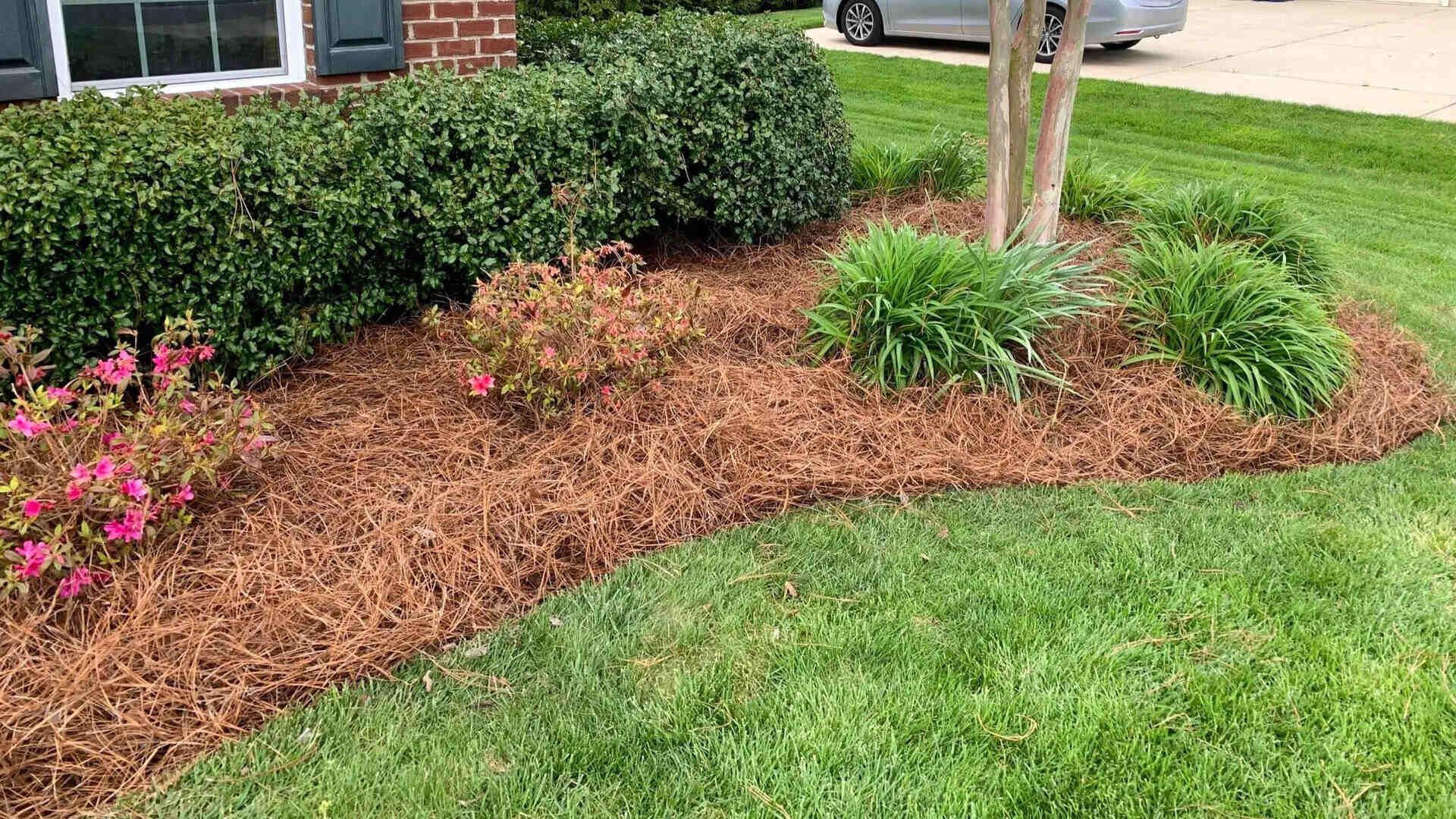

Garden Essentials
What Are The Benefits Of Using Pine Straw, Wood Chips, Or Mulch As Ground Cover?
Modified: May 6, 2024
Discover the benefits of using pine straw, wood chips, or mulch as ground cover for your garden. Enhance soil moisture retention, suppress weed growth, and add a natural aesthetic touch to your outdoor space.
(Many of the links in this article redirect to a specific reviewed product. Your purchase of these products through affiliate links helps to generate commission for Storables.com, at no extra cost. Learn more)
Introduction
When it comes to maintaining a well-manicured garden, choosing the right ground cover is essential. Not only does it enhance the aesthetics of your outdoor space, but it also provides various benefits for your plants and soil. Among the popular choices for ground cover are pine straw, wood chips, and mulch. Each of these materials offers unique advantages that can significantly improve the health and appearance of your garden.
In this article, we will explore the benefits of using pine straw, wood chips, and mulch as ground cover. Whether you are a seasoned gardener or just starting to cultivate your green thumb, understanding the advantages of these options will help you make an informed decision for your landscaping needs.
Key Takeaways:
- Choose the right ground cover like pine straw, wood chips, or mulch to enhance your garden’s beauty and support plant health. Consider factors like climate, maintenance, and aesthetics for the best choice.
- Pine straw, wood chips, and mulch offer unique benefits like weed suppression, moisture retention, and soil improvement. Each option adds a distinct look to your garden while supporting plant vitality.
Read more: What Ground Cover Grows Under Pine Trees
Benefits of Using Pine Straw as Ground Cover
Pine straw, also known as pine needles, is a popular choice for ground cover in many gardens. Here are some of the key benefits it offers:
- Insulation and Weed Control: Pine straw acts as a natural insulator, regulating soil temperature by keeping it cooler in the summer and warmer in the winter. Additionally, it helps suppress the growth of weeds by creating a barrier that inhibits their development, reducing the need for frequent weeding.
- Moisture Retention: One of the biggest advantages of using pine straw is its ability to retain moisture in the soil. The dense layer of needles helps prevent evaporation and shields the soil from direct sunlight, allowing the plants’ roots to stay hydrated for longer periods.
- Soil Erosion Prevention: The interlocking nature of pine straw needles helps stabilize the soil, preventing erosion caused by heavy rain or wind. By reducing run-off and protecting the topsoil, pine straw helps maintain the structural integrity of your garden beds.
- Nutrient Provision: As pine straw naturally breaks down over time, it releases organic matter into the soil, enriching it with nutrients. This gradual decomposition process enhances soil fertility, promoting healthy plant growth and vitality.
- Aesthetics: Pine straw lends a charming and rustic appeal to garden beds. Its rich, reddish-brown color adds depth and contrast, making plants and flowers stand out. It provides a natural and visually pleasing ground cover option that complements various garden styles and landscapes.
It is important to note that pine straw may not be suitable for all types of gardens. Acid-loving plants, such as azaleas, rhododendrons, and blueberries, thrive with pine straw as it naturally lowers the pH of the soil. However, if you have alkaline soil or prefer a different aesthetic, you may want to consider alternative ground cover options.
Benefits of Using Wood Chips as Ground Cover
Wood chips are a popular choice for ground cover in gardens and landscaping projects. Here are some of the benefits they offer:
- Weed Suppression: One of the primary benefits of using wood chips as ground cover is their ability to suppress weed growth. The thick layer of wood chips acts as a barrier, preventing sunlight from reaching weed seeds and inhibiting their germination. This helps to minimize the need for constant weeding and allows your plants to thrive without competition from unwanted vegetation.
- Moisture Conservation: Wood chips play a crucial role in soil moisture retention. They act as a protective layer, reducing water evaporation from the soil and helping to maintain consistent moisture levels. This is particularly beneficial during hot, dry periods when water conservation is key to keeping plants healthy.
- Soil Improvement: As wood chips gradually decompose, they contribute to the improvement of soil structure and fertility. During the decomposition process, microorganisms break down the organic matter in the wood chips, releasing beneficial nutrients into the soil. This enhances soil health, promotes root development, and ultimately leads to better plant growth.
- Temperature Regulation: Wood chips serve as a natural insulator, helping to regulate soil temperature. They provide insulation during colder months, protecting plants’ roots from frost damage. In warmer months, wood chips help keep the soil cooler by shading it from direct sunlight. This can be particularly beneficial for plants that prefer cooler soil conditions.
- Erosion Control: The layer of wood chips helps prevent soil erosion by absorbing the impact of heavy rainfall and reducing surface run-off. This protects the topsoil from washing away and helps maintain the integrity of your garden beds or landscape areas.
Wood chips offer a versatile and visually appealing option for ground cover. They come in various sizes and can add texture and dimension to your garden. However, it is important to use high-quality wood chips from a reputable source to avoid potential issues such as pest infestation or pathogens. Additionally, make sure to apply a sufficient layer of wood chips to provide adequate coverage and maximize their benefits.
When using pine straw, wood chips, or mulch as ground cover, make sure to apply a layer at least 2-3 inches thick to effectively suppress weeds and retain moisture in the soil.
Benefits of Using Mulch as Ground Cover
Mulch is a popular choice for ground cover in gardens and landscapes due to its numerous benefits. Here are some of the key advantages of using mulch:
- Weed Suppression: One of the primary benefits of mulch is its ability to suppress weed growth. By creating a barrier between the soil and sunlight, it prevents weed seeds from germinating. This reduces the competition for resources and minimizes the need for frequent weeding, saving you time and effort in maintaining your garden.
- Moisture Retention: Mulch acts as a protective layer that helps retain soil moisture by reducing evaporation. It also shields the soil from direct sunlight, preventing it from drying out too quickly. This is particularly beneficial during hot and dry periods when efficient water conservation is essential for plant health and vitality.
- Temperature Regulation: Mulch plays an important role in insulating the soil and regulating temperature. It keeps the soil cooler in hot weather, reducing heat stress on plant roots, and helps to prevent freezing during colder months. This provides a more stable environment for plants to grow and thrive in various weather conditions.
- Soil Health Improvement: As mulch breaks down over time, it enriches the soil with organic matter and nutrients. This improves soil structure, enhances nutrient availability, and promotes beneficial microbial activity. The gradual decomposition of mulch also helps to create a fertile environment for roots to develop and strengthens the overall health of your garden soil.
- Erosion Control: Mulch helps prevent erosion by acting as a protective layer against rainfall and wind. It reduces water runoff, allowing the soil to absorb moisture more effectively and preventing soil particles from being washed away. By maintaining the stability of your garden beds or landscape areas, mulch safeguards against soil erosion and helps preserve the integrity of your landscape.
Mulch comes in various materials, such as bark, wood chips, straw, or compost. Each type of mulch offers its own unique benefits, so it’s important to consider your specific gardening needs and preferences when choosing the right mulch for your landscape.
Overall, using mulch as ground cover not only enhances the aesthetics of your garden but also provides practical benefits that support the health and vitality of your plants. It is a versatile and cost-effective solution for any garden or landscape, contributing to the overall success and enjoyment of your outdoor space.
Factors to Consider When Choosing Ground Cover
Choosing the right ground cover for your garden involves considering several factors that can impact its effectiveness and suitability. Here are some key factors to keep in mind when selecting ground cover:
- Climate and Weather: Consider the climate and weather conditions in your region. Some ground covers may be better suited for hot and dry climates, while others may thrive in cooler or more humid environments. It’s important to choose ground cover that can withstand the typical weather patterns in your area.
- Plants and Soil Type: Take into account the types of plants you have in your garden and the soil type. Some ground covers may offer specific benefits for certain plant types. For example, acidic-loving plants may benefit from pine straw as it lowers the soil pH. Additionally, different ground covers may be more compatible with sandy, clay, or loamy soils.
- Maintenance Requirements: Consider the level of maintenance you are willing to commit to. Some ground covers may require more frequent maintenance, such as regular weeding or replenishing, while others may be relatively low-maintenance. Assess your available time and resources to choose a ground cover that aligns with your maintenance capabilities.
- Aesthetics and Design: Think about the overall look and design you want to achieve in your garden. Each type of ground cover has its own aesthetic appeal. For example, pine straw can give a rustic look, wood chips add texture, and mulch provides a neat and uniform appearance. Choose a ground cover that complements your garden style and enhances the visual appeal of your outdoor space.
- Cost and Availability: Consider the cost and availability of different ground cover options. Some materials may be more expensive or harder to source in your area. Factor in your budget and accessibility to various types of ground covers to ensure you can obtain and maintain your chosen ground cover effectively.
By taking these factors into account, you can make an informed decision and select the most suitable ground cover for your specific needs and preferences. Remember that there is no one-size-fits-all solution, and it’s important to choose a ground cover that aligns with your garden’s requirements and your personal preferences.
Read more: Wood Chips Ground Cover: How Much Do I Need
Conclusion
Choosing the right ground cover for your garden is a crucial decision that can significantly impact the health and aesthetics of your outdoor space. Pine straw, wood chips, and mulch are all popular options that offer unique benefits for your plants and soil.
Pine straw acts as a natural insulator, helps suppress weeds, retains moisture, prevents soil erosion, and provides organic nutrients to the soil. It adds a rustic appeal to garden beds, making it a favorite choice for many gardeners.
Wood chips excel in weed suppression, moisture conservation, soil improvement, temperature regulation, and erosion control. They offer versatility and different texture options that can enhance the visual appeal of your garden.
Mulch provides excellent weed suppression, moisture retention, temperature regulation, soil health improvement, and erosion control. Its various materials and colors allow you to choose the option that best suits your garden design and requirements.
When choosing ground cover, consider factors such as climate, plant and soil type, maintenance requirements, aesthetics, and cost. By considering these factors and evaluating your specific needs, you can make an informed decision and select the optimal ground cover for your garden.
Remember, there is no one-size-fits-all solution, and each ground cover option has its own benefits and considerations. Take the time to research and experiment to find the ground cover that best suits your gardening style and supports the health and beauty of your plants.
Ultimately, the right ground cover will not only enhance the visual appeal of your garden but also provide practical advantages such as weed control, moisture retention, and soil health improvement. Enjoy the process of selecting and implementing the perfect ground cover, and watch as your garden flourishes with vitality and beauty.
Curious about making your outdoor spaces not only beautiful but also eco-friendly? Our next read on sustainable landscaping offers insight into practices that benefit your garden and the environment. Transition smoothly from learning about ideal ground covers to understanding how your green space can thrive while respecting ecological balance. Don't miss out on tips for creating a landscape that's as responsible as it is enchanting.
Frequently Asked Questions about What Are The Benefits Of Using Pine Straw, Wood Chips, Or Mulch As Ground Cover?
Was this page helpful?
At Storables.com, we guarantee accurate and reliable information. Our content, validated by Expert Board Contributors, is crafted following stringent Editorial Policies. We're committed to providing you with well-researched, expert-backed insights for all your informational needs.
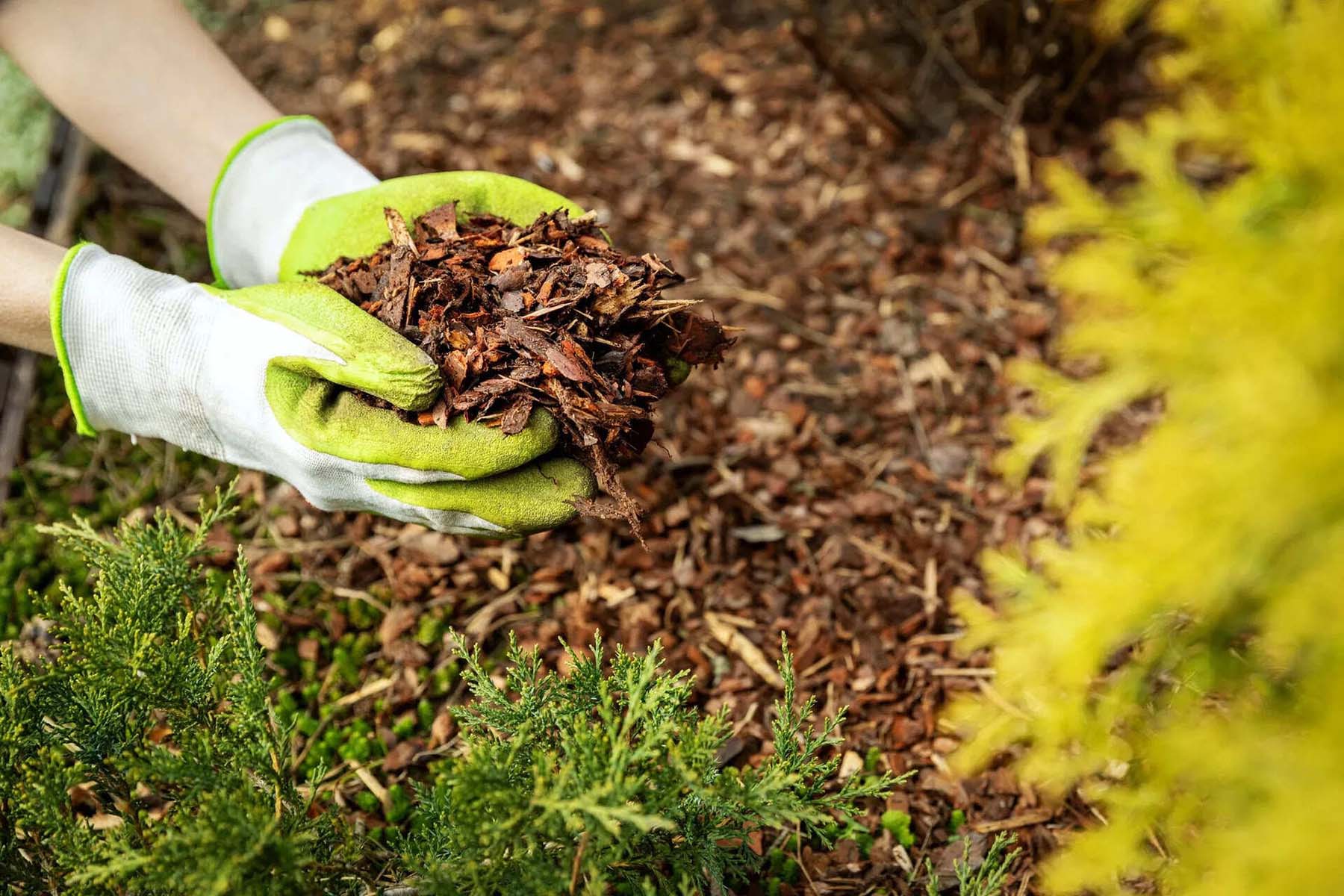
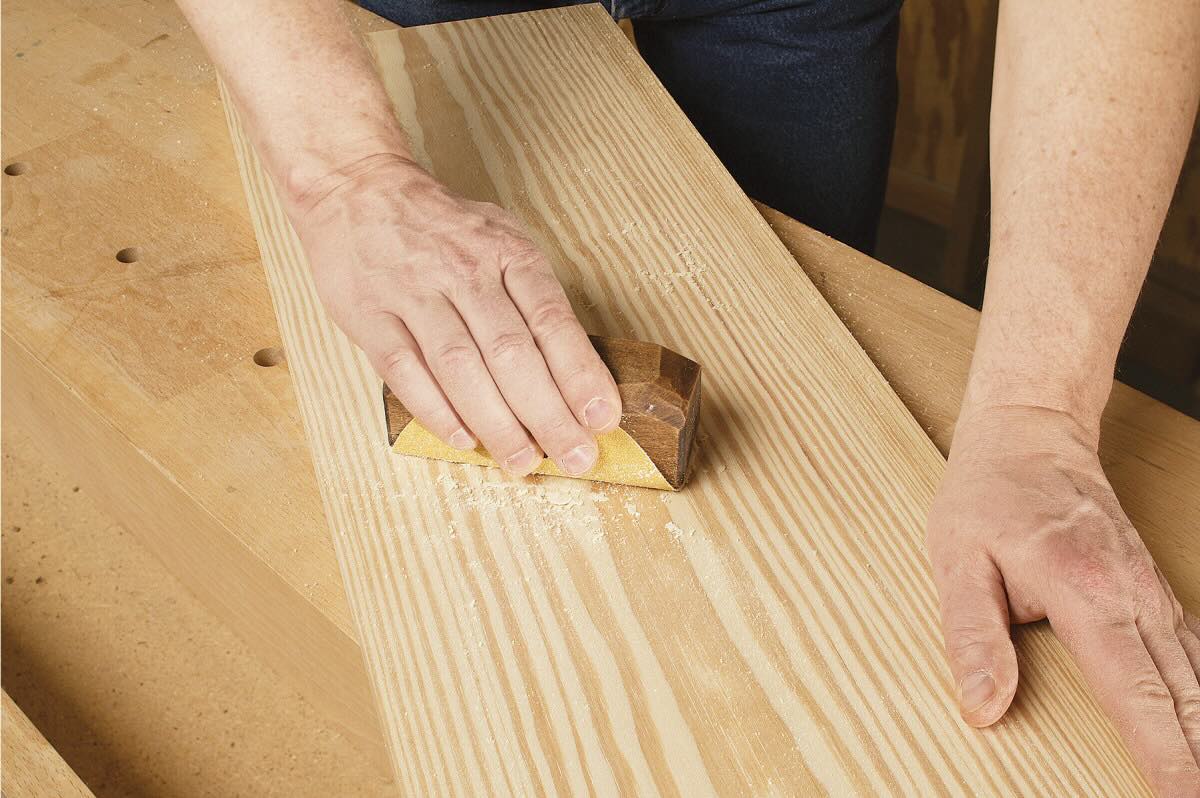

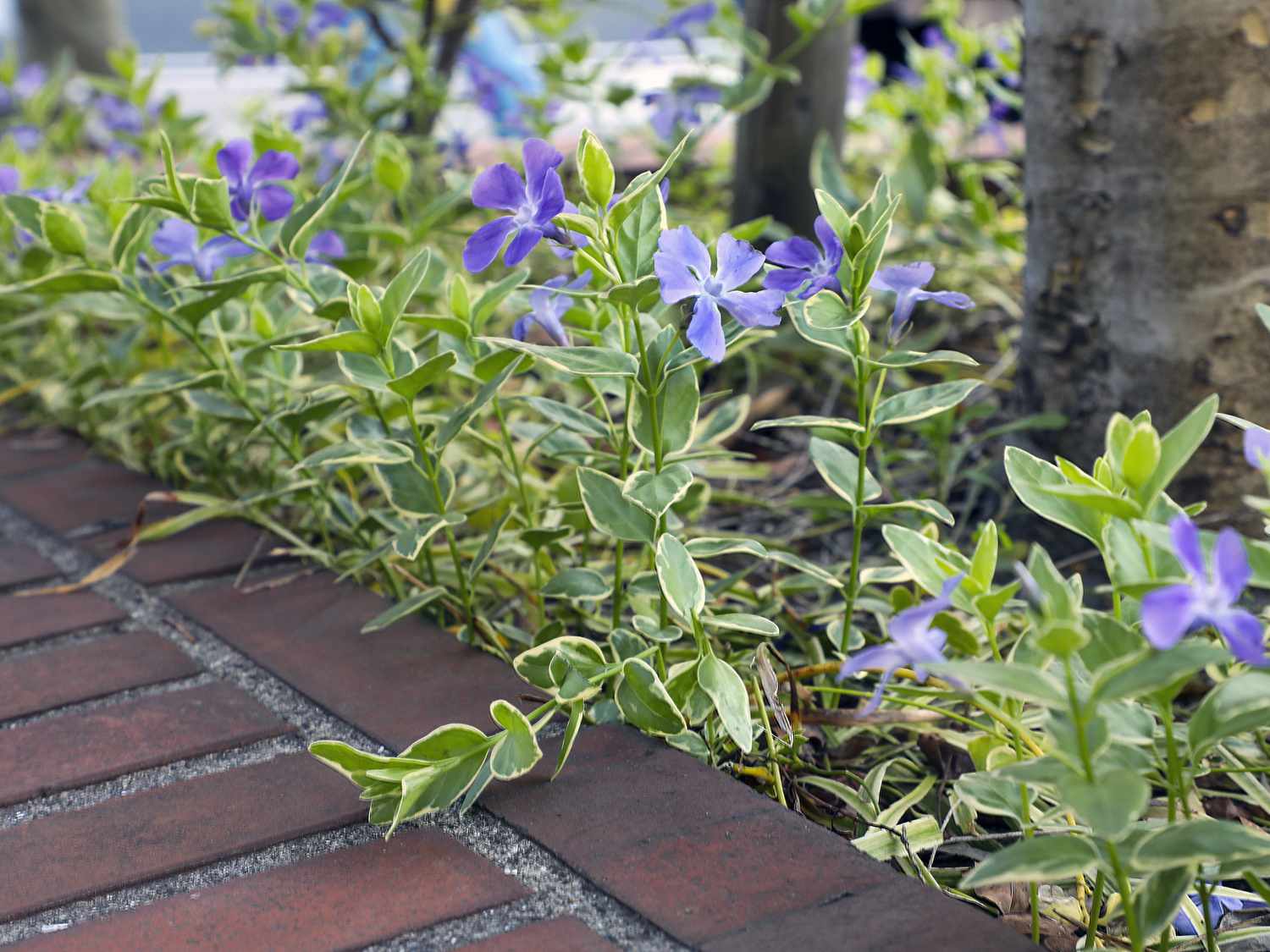
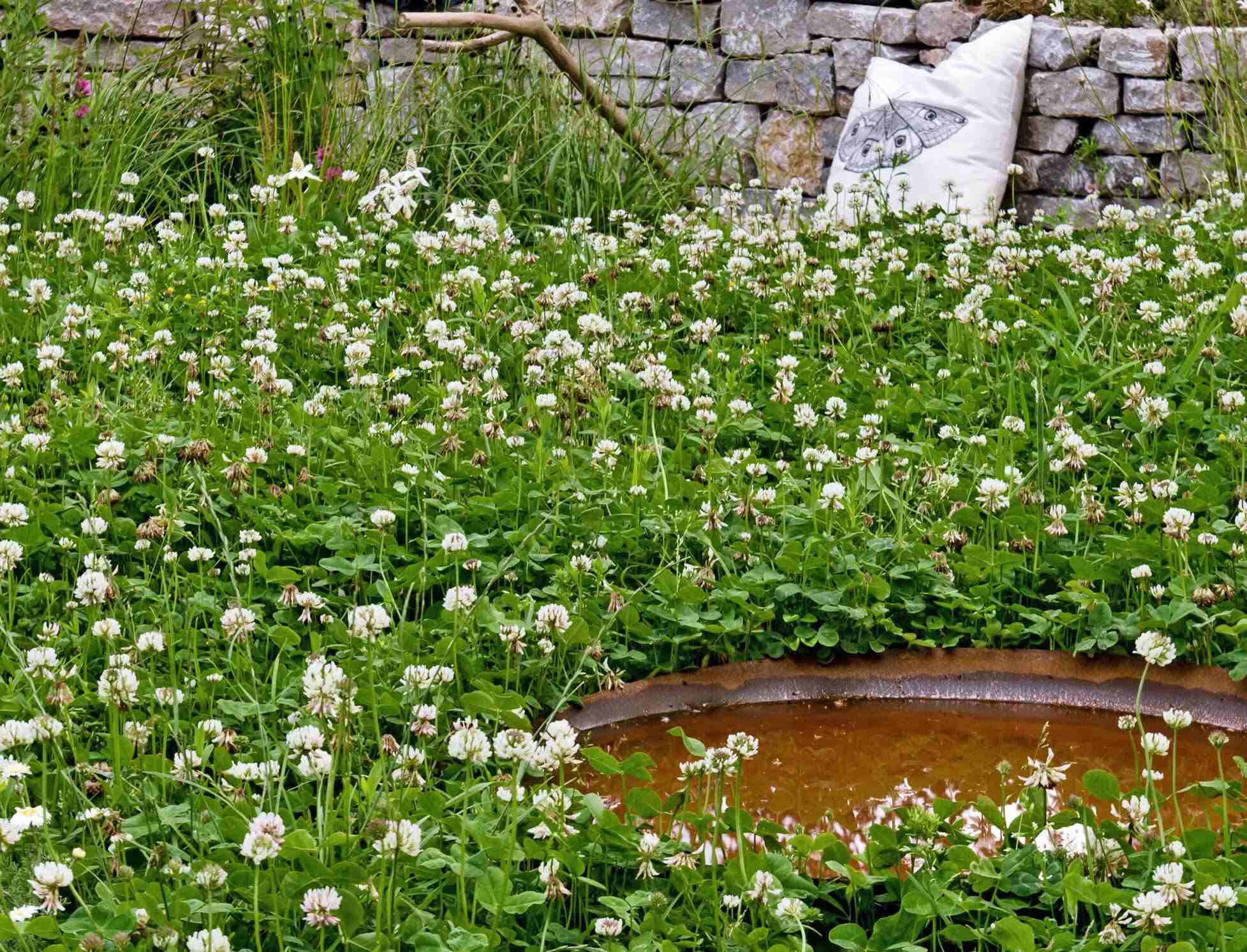
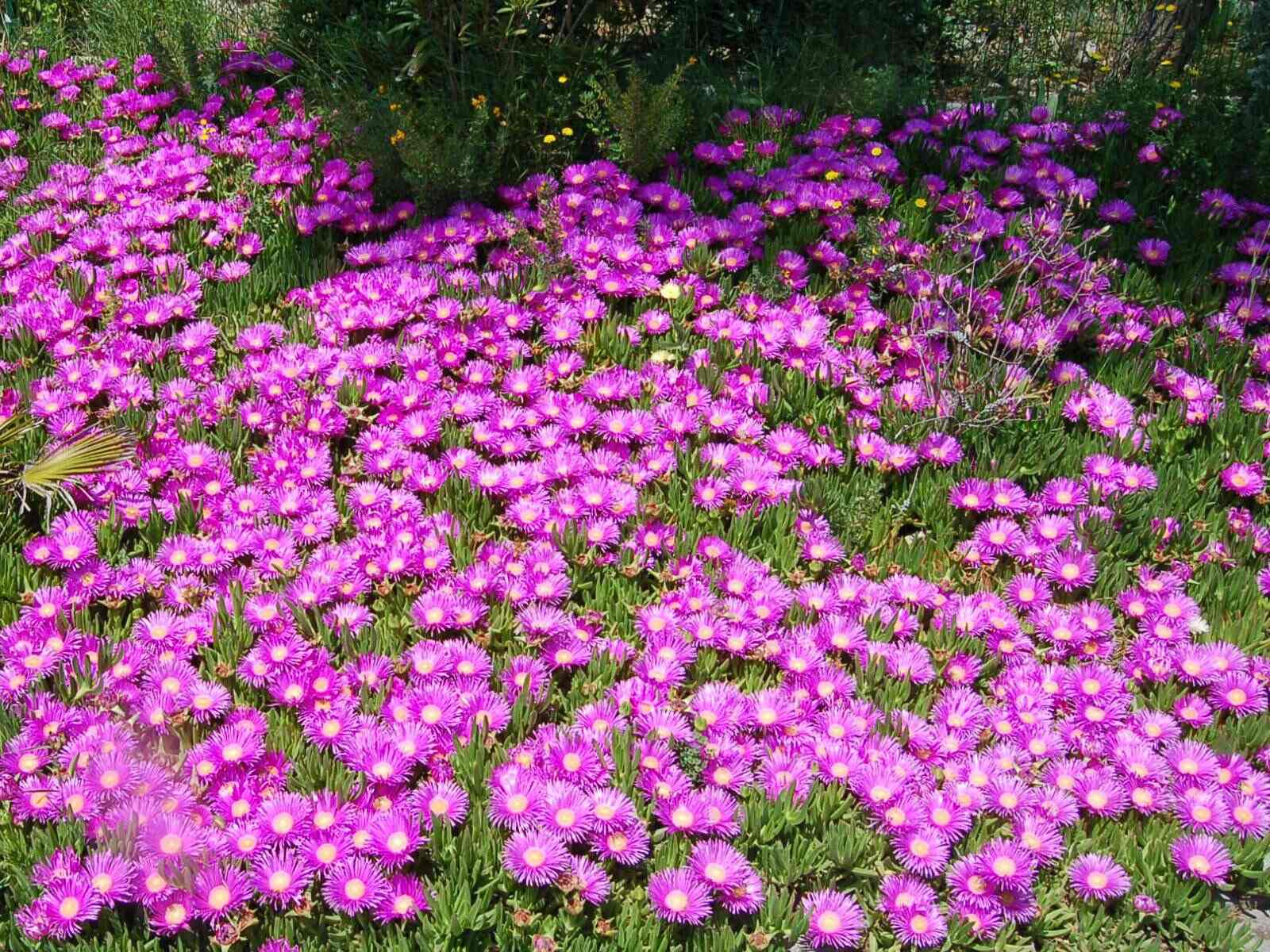
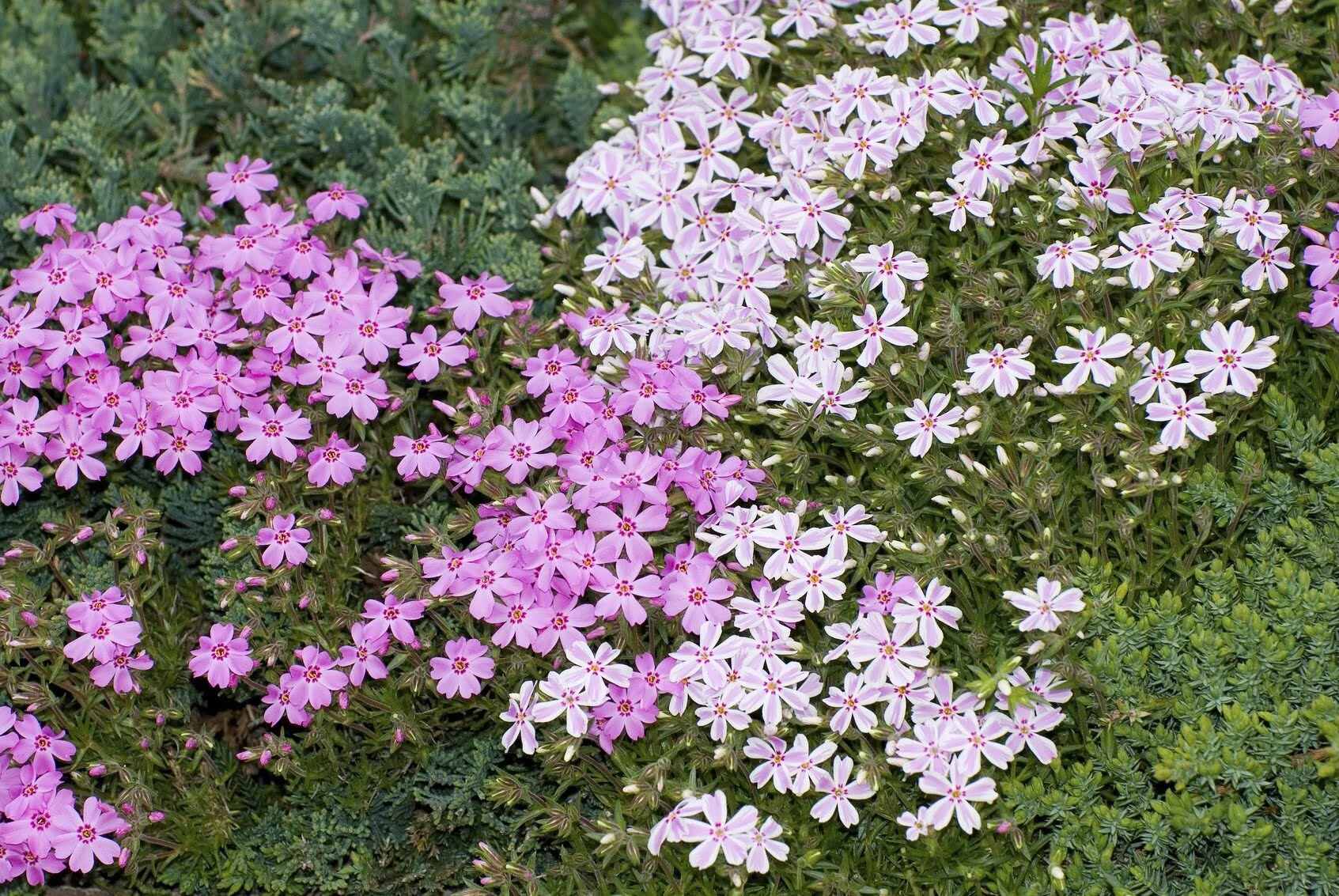
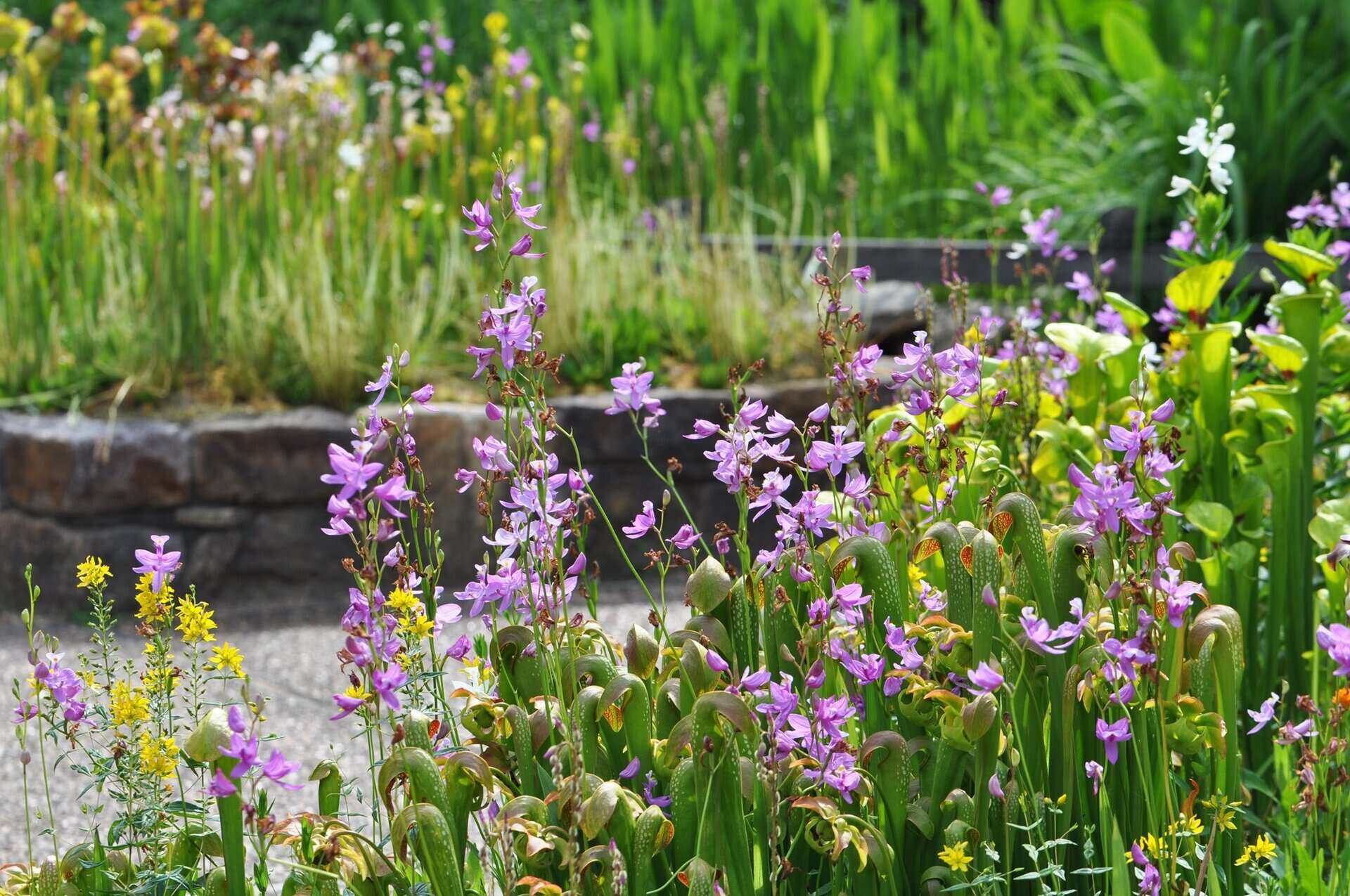
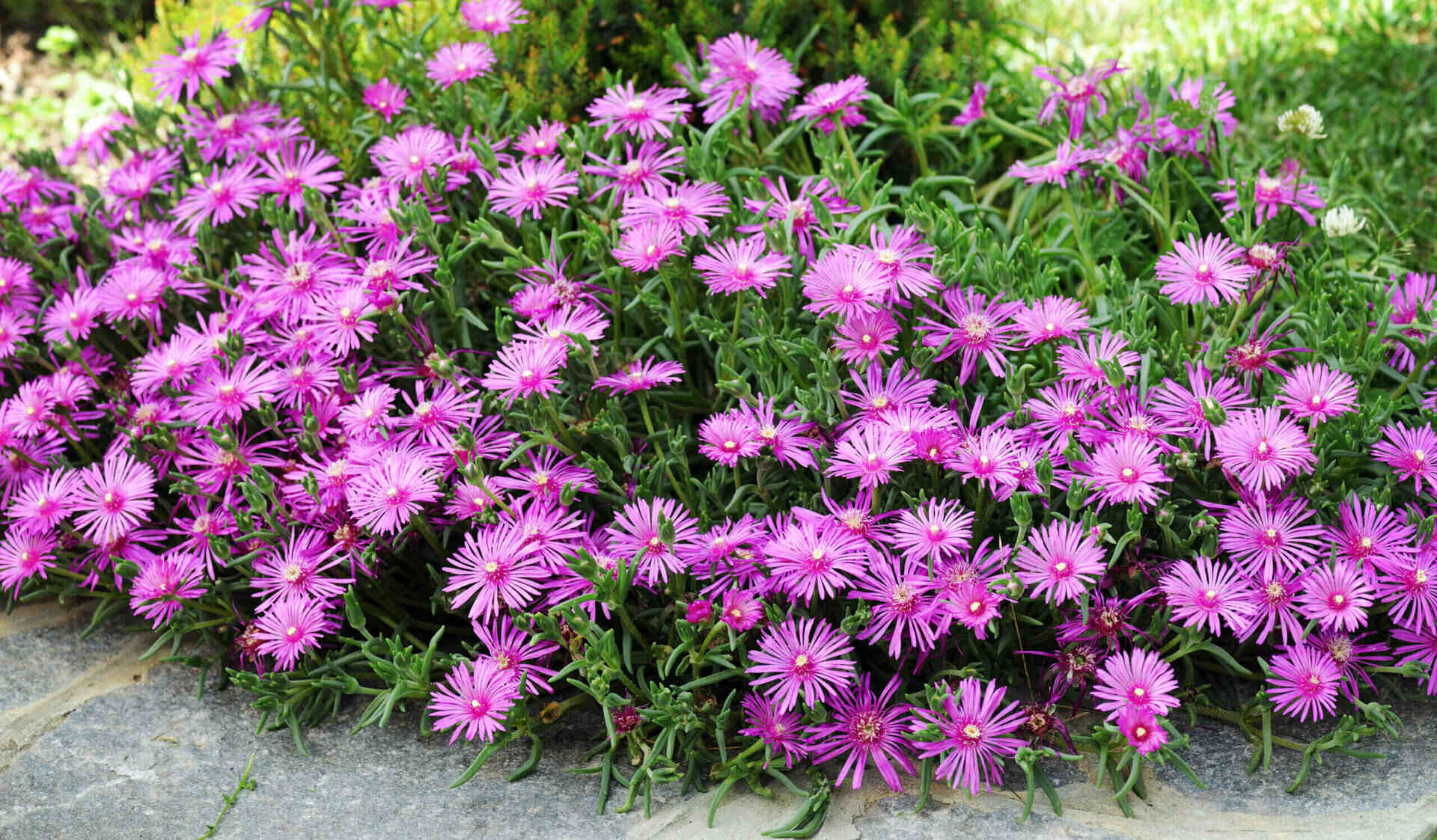
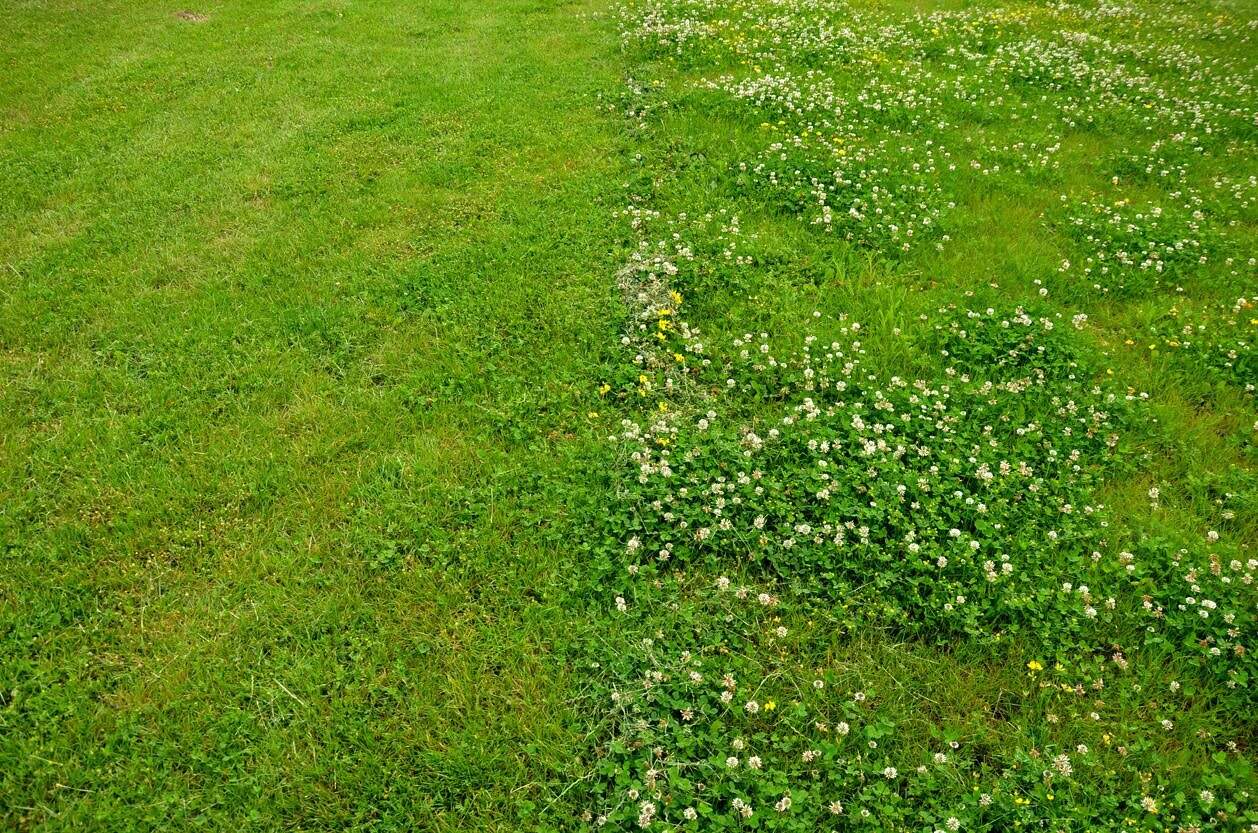
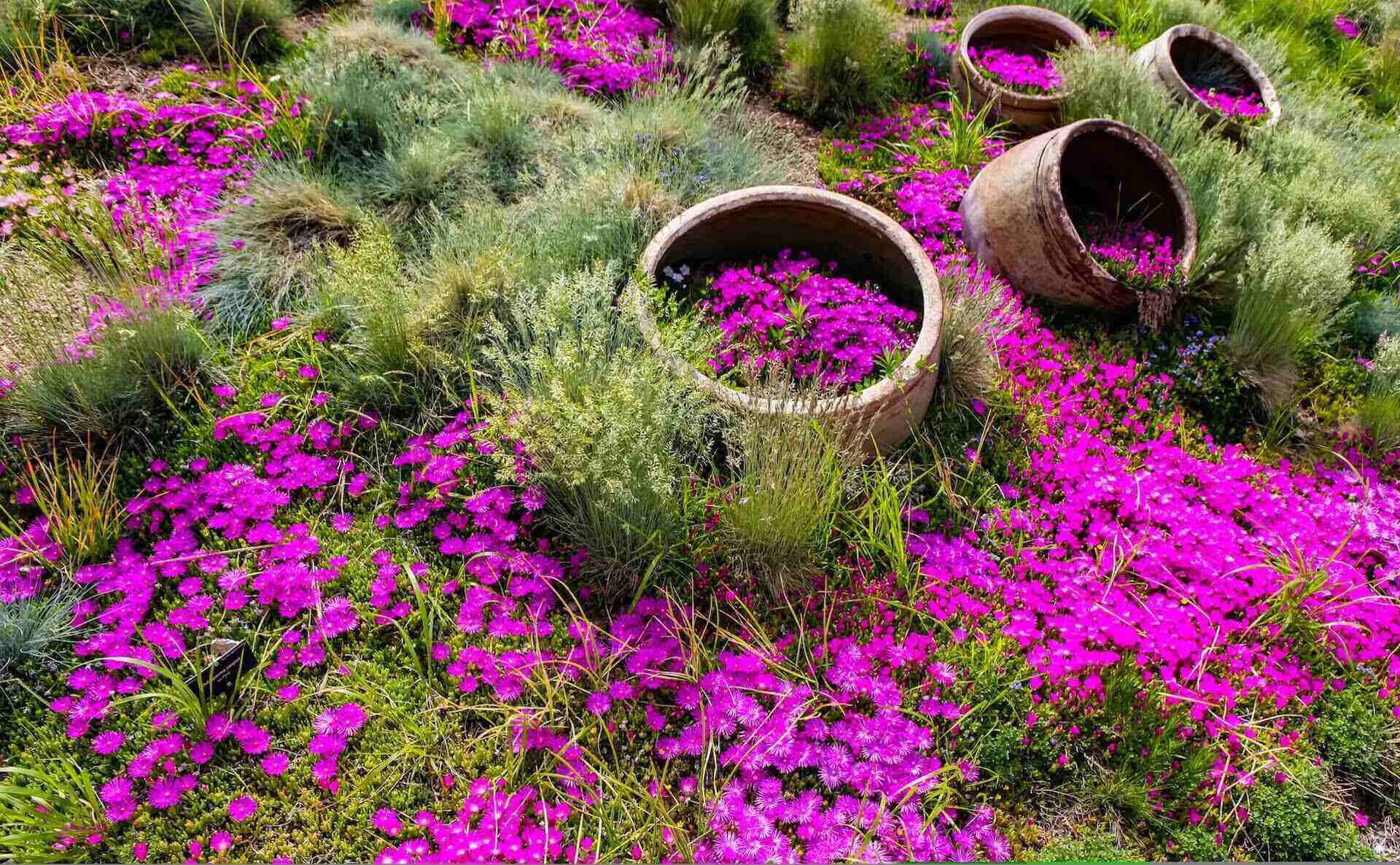
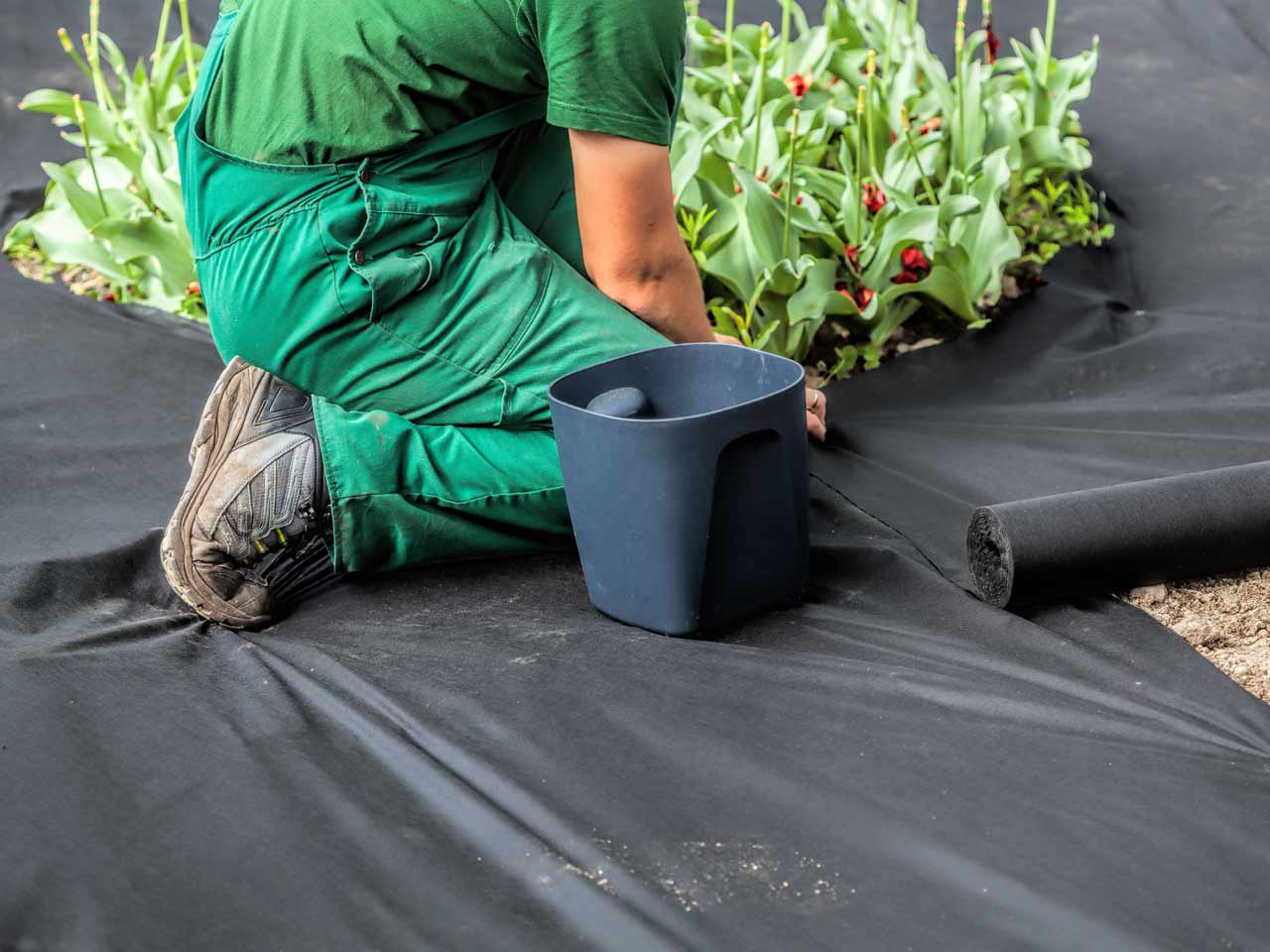
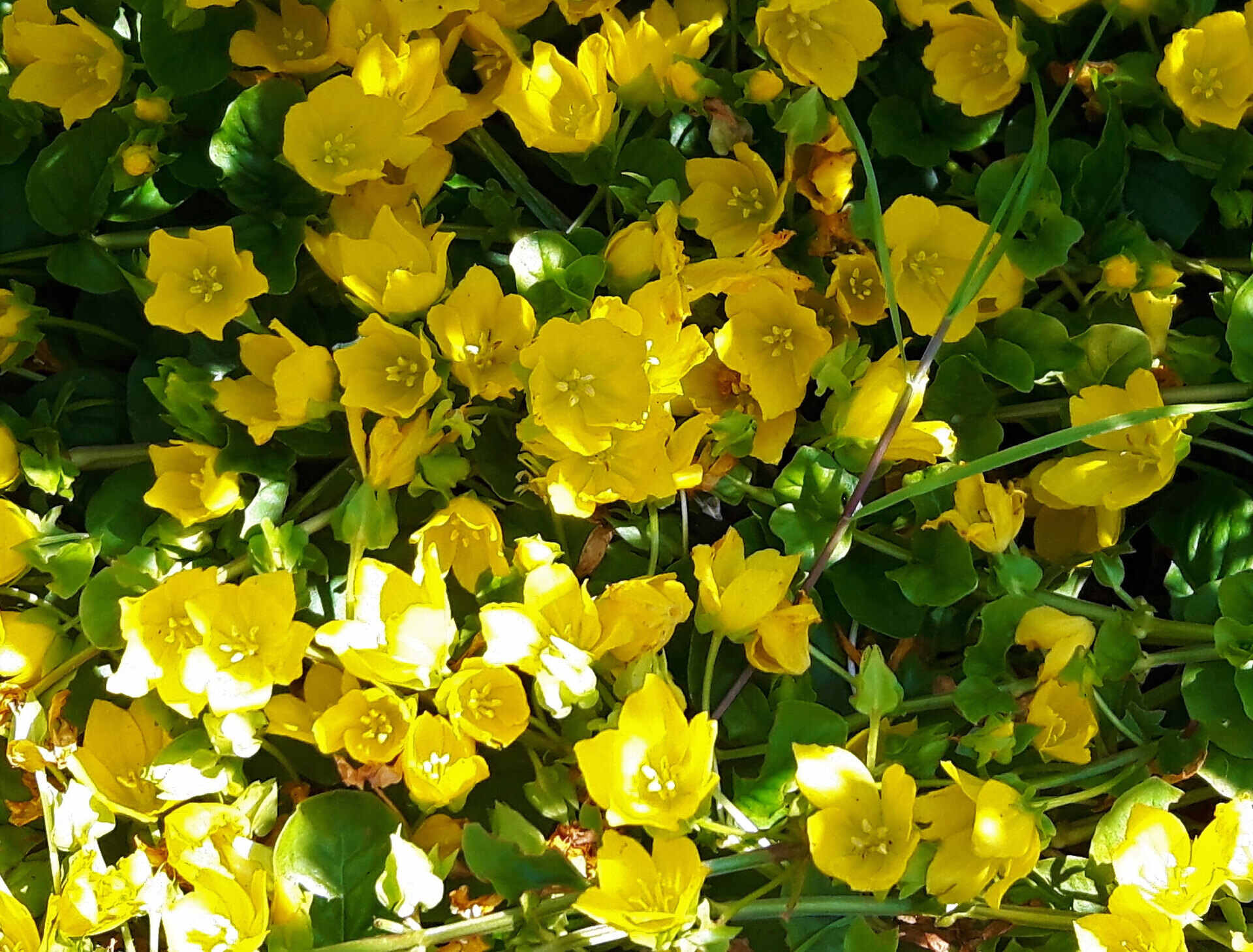
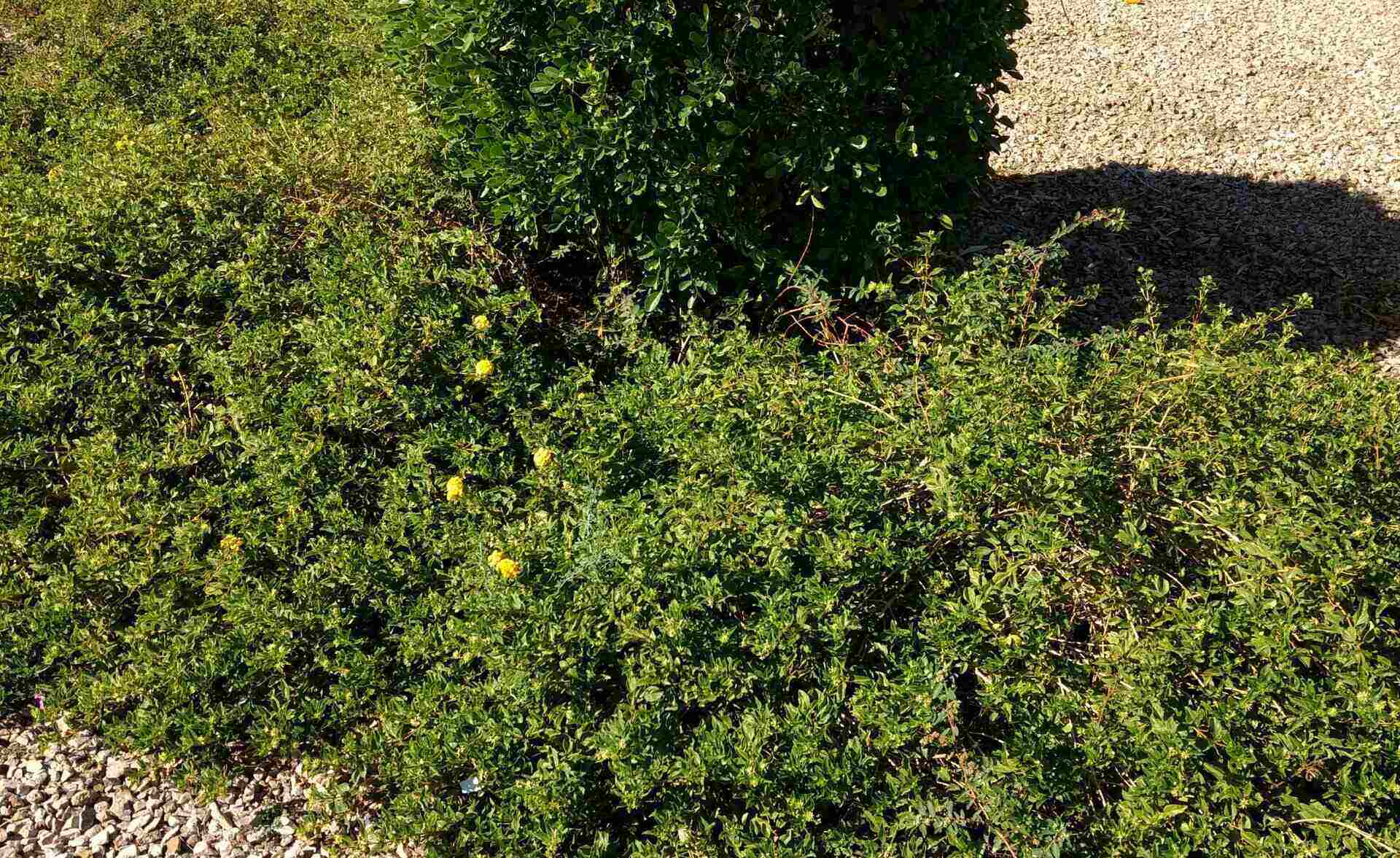

0 thoughts on “What Are The Benefits Of Using Pine Straw, Wood Chips, Or Mulch As Ground Cover?”